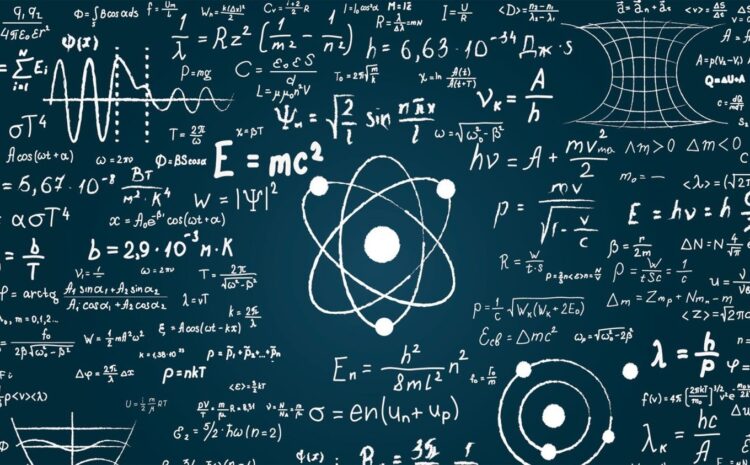Nuclear-Related Sanctions – From Lausanne to Vienna
One of the key criticisms of the nuclear deal between the U.S., other major world powers, and Iran is that the U.S. adopted an expansive view of a “nuclear-related sanction.” To the deal’s critics, this provided Iran undue sanctions relief, as Iran had not changed all of the behavior for which the sanctions were imposed.
However, a discerning look at the relevant texts reveals quite the opposite – that moving from the April 2nd Joint Statement announced in Lausanne to the Joint Comprehensive Plan of Action reached on July 14th, the U.S. circumscribed and shrunk the full range of nuclear-related sanctions. Closely parsing these two texts reveals this turn of events.
In the April 2nd Joint Statement, the negotiating parties stated that “the U.S. will cease the application of all nuclear-related secondary economic and financial sanctions, simultaneously with the IAEA-verified implementation by Iran of its key nuclear-related commitments.” Notice the additional modifier of “secondary” in this text – which signifies that the U.S. would relieve all nuclear-related economic and financial sanctions imposed on foreign parties transacting with Iran. By implication, under the Lausanne framework, the U.S. would not relieve its nuclear-related primary economic and financial sanctions on Iran – that is, sanctions targeting the activities of U.S. persons with Iran.
However, this modifier is absent in the JCPOA. In § 6 of Annex II, the JCPOA states: “The United States represents that the provisions listed in Section 4 above constitute the full and complete list of all U.S. nuclear-related sanctions. These sanctions will be lifted in accordance with Annex V.” Because the sanctions listed in § 4 are secondary economic and financial sanctions, though, this means that secondary sanctions comprise the entire universe of U.S. nuclear-related sanctions imposed on Iran – a fact that is contrary to what was implied in the April 2nd Joint Statement.
The issue is also confused by § 24 of the Main Text of the JCPOA, where the U.S. “specif[ies] in Annex II a full and complete list of all nuclear-related sanctions or restrictive measures.” The provision continues:
If at any time following the Implementation Day, Iran believes that any other nuclear-related sanction or restrictive measure of the E3/EU+3 is preventing the full implementation of the sanctions lifting as specified in this JCPOA, the JCPOA participant in question will consult with Iran with a view to resolving the issue and, if they concur that lifting of this sanction or restrictive measure is appropriate, the JCPOA participant in question will take appropriate action.
Two things are curious about this particular passage. First, if Annex II states that the nuclear-related measures outlined therein constitute a full and complete list of all nuclear-related sanctions on Iran, then how could there be “other nuclear-related sanction[s] or restrictive measure[s]…preventing the full implementation of the sanctions lifting”? Those nuclear-related sanctions should have been lifted per the JCPOA ground-rules.
Second, why does this latter provision appear relevant only to the E3/EU+3 and not to the United States. In § 2 of Annex II, the EU makes a statement that the listing of restrictive measures in § 1 represents a “full and complete list of nuclear-related sanctions or restrictive measures.” Why, then, can Iran allege that additional EU nuclear-related sanctions are impeding sanctions relief but cannot likewise do so in regards to the U.S.? Does this have to do with the need to harmonize European national laws in order to provide adequate sanctions relief, or has the U.S. somehow exculpated itself from having to adjudicate with Iran the full scope of its nuclear-related sanctions? I don’t have an answer to these questions, but the text demands one.
The broader problem is that the sanctions listed in § 4 of Annex II might not have been the full and complete list of all nuclear-related sanctions. The U.S. trade embargo with Iran was imposed – at least in part – as a result of Iran’s attempts to develop its nuclear program, including attempts to build light-water reactors. Yet, large parts of it remain in place under the JCPOA (and those elements that are relieved are regarded as non-nuclear sanctions, as they are not listed in § 4 of Annex II but rather in § 5).
In alleging the list in § 4 of Annex II to be a full and complete one, then, the U.S. might well be limiting its future maneuverability in relieving its primary sanctions imposed on Iran without evidencing a more fundamental change in Iran’s behavior in the region. That might have been the cost of getting this nuclear deal with Iran (as politics rather than policy delimited the sanctions relief afforded to Iran), but it is a cost whose price could accumulate in the years ahead – especially as U.S. firms are cut out from what will be an incipient rush-back to the Iranian market.


